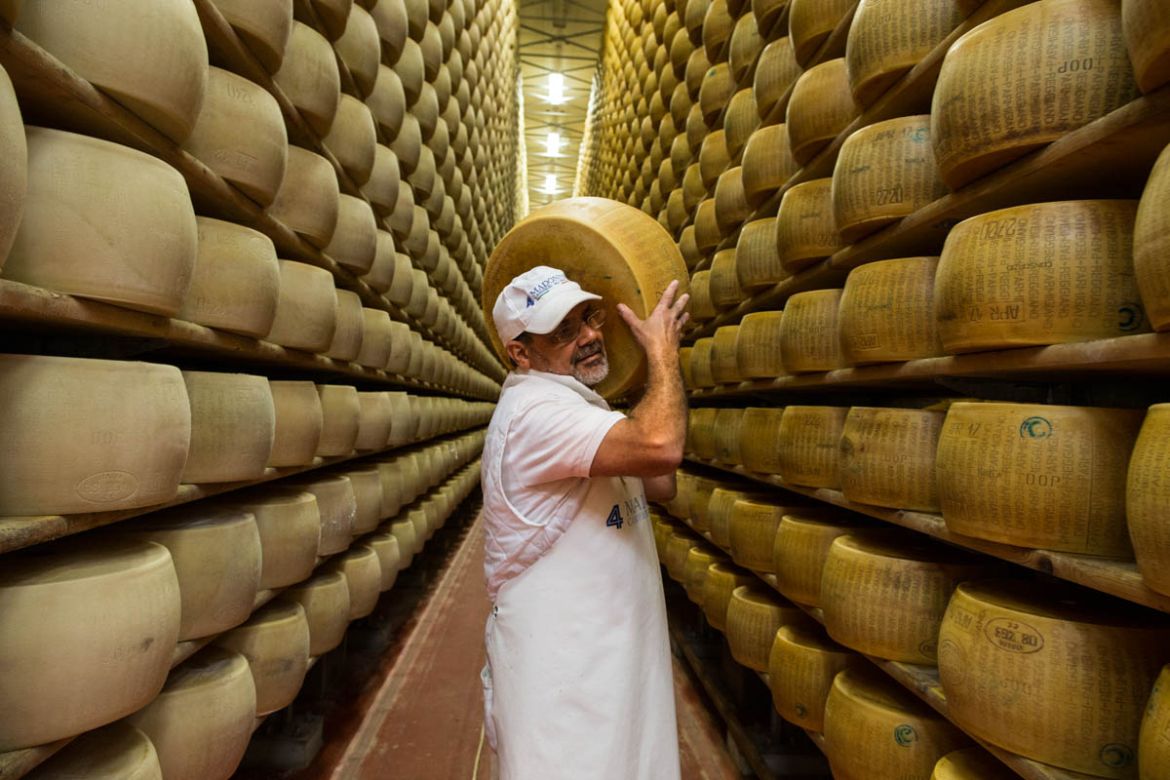Learn the Art of Floridia Cheese: A Guide to Cheese Makers Melbourne
Learn the Art of Floridia Cheese: A Guide to Cheese Makers Melbourne
Blog Article
Unlocking the Secrets of Artisanal Cheese Making: A Step-by-Step DIY Overview
In the realm of culinary craftsmanship, artisanal cheese making stands as a testimony to the fragile equilibrium in between practice and development. Each step in the process, from picking the best milk to improving aging strategies, holds within it a wealth of understanding passed down through generations. As we embark on this journey to debunk the art of creating charming cheeses, we are encountered with a tapestry of skills and keys waiting to be unwinded. Join us as we explore the complexities of this ancient craft, where patience, art, and science converge to produce flavors that tantalize the senses.
Selecting the Right Milk
When starting the trip of artisanal cheese production, the choice of milk plays a vital role in determining the top quality and attributes of the end product. The sort of milk picked influences the flavor, appearance, and in general account of celebrity. Raw milk, straight from the animal, is liked by numerous artisanal cheesemakers because of its one-of-a-kind mix of enzymes, bacteria, and flavor compounds. Using raw milk comes with regulations and risks, making pasteurized milk a much safer option for novices.
In addition, the resource of the milk, whether from cows, goats, sheep, or buffalo, contributes unique tastes and features to the cheese. Each type of milk brings its own nuances, enabling for a vast range of cheese varieties to be crafted based on the selected milk.
Culturing and Coagulating
To launch the cheese-making procedure, the essential steps of culturing and coagulating must be carefully executed to transform milk right into curds and whey. The kind of society used can dramatically impact the flavor, structure, and ripening of the last cheese item.

The timing and temperature level control during culturing and coagulation are important aspects that affect the last outcome of celebrity. Correct execution of these actions is important to ensure the wanted texture, flavor, and consistency of the artisanal cheese being created.
Draining and Pushing Curds
After the milk proteins have coagulated and the curds have actually been cut to release whey, the following important step in artisanal cheese making includes draining and pressing the curds to attain the preferred structure and uniformity of the final cheese product. The time for draining can vary depending on the kind of cheese being made and the desired wetness content.
Once the curds have actually adequately drained pipes, the next action is pressing. Pressing assists remove any kind of staying whey and compacts the curds to create a solid cheese wheel. Pushing can be done utilizing specialized cheese presses that apply gentle and constant pressure over an amount of time. The period and pressure applied during pressing will certainly influence the final structure of celebrity, from velvety and soft to hard and company. Appropriate draining and pushing are important actions that considerably affect the top quality and characteristics of the artisanal cheese being generated.
Aging and Flavoring Strategies
Implementing careful aging and flavor strategies is pivotal in boosting the deepness and complexity of artisanal cheeses, boosting their taste profiles to beautiful degrees of improvement this contact form and refinement. Aging plays an important role in creating the distinct tastes and structures that identify artisanal cheeses.
Flavoring strategies additionally add substantially to the last preference of artisanal cheeses. Cheesemakers might choose to introduce extra flavors by including components such as natural herbs, flavors, or perhaps fruits right into celebrity during the production process. Additionally, some cheeses are cleaned or rubbed with different liquids, such as brine or alcohol, to improve their flavors and appearances.
Covering and Keeping Cheeses

Verdict
In verdict, mastering the art of artisanal cheese making involves very carefully picking the right milk, following accurate culturing and coagulating procedures, draining pipes and pushing curds successfully, and making use of different aging and flavoring methods. Keep in mind to wrap and store your cheeses correctly to make sure optimum taste and appearance development.
Each type of milk brings its own nuances, allowing for a broad variety of cheese ranges to be crafted based on the selected milk.After the milk proteins have coagulated and the curds have been cut to release whey, the next essential step in artisanal cheese making includes draining and pressing the curds to achieve you can check here the desired appearance and uniformity of the last cheese item. A lot of cheeses must be wrapped in wax paper or cheese paper to enable them to breathe while protecting them from drying out. For cheeses that need to proceed aging, such as bloomy peels or cleaned skins, ensure they are stored in pop over here a cool environment like a cheese cave or a fridge established to the suitable temperature. By paying attention to the covering and storage space of artisanal cheeses, cheese makers and enthusiasts can preserve the honesty of these specials and fully enjoy their intricate tastes.
Report this page